Psychologists And Child Development Specialists Have Also Come Up With Ways To Support Shy Kids. The
Psychologists and child development specialists have also come up with ways to support shy kids. The key, said Sandee McClowry, a psychologist at New York University, is to nudge children out of their comfort zones without trying to change their fundamental natures.

More Posts from Ourvioletdeath and Others

Isn’t it funny how on TV : 1) getting shot in the shoulder is always treated like it’s a minor flesh wound. It’s not like you’ve probably sustained serious or even permanent damage to your arm, or even gone through your lung…nope. 2) People are always dying of some vague infectious disease that’s only hinted at. I mean, it’s probably TB, but still, it’d be nice to get some closure. 3) People catching something after a walk in the rain and then dying. 4) Cardiac arrest is like, totally NBD. A couple of (really badly performed) pumps on the chest, and the victim is up and talking as if they didn’t just drop dead. Like, if you’ve really just arrested, you’ve probably got 5 broken ribs, an ET tube in your throat and you’ve just earned yourself a ticket to ITU.

World AIDS Day by the Numbers
36.7 – Estimated number of people, in millions, around the world living with HIV
1.8 – Estimated number who are children, in millions
30+ – Number of FDA-approved antiretroviral drugs for treating HIV
18.2 – Estimated number of HIV-infected persons worldwide, in millions, receiving antiretroviral therapy (ART)
380,000 – Lifetime treatment cost, in dollars, for an HIV infection
96 – Percentage reduction in likelihood of HIV transmission via sex from HIV-positive person on ART to HIV-negative partner
90 – Percentage chance of avoiding HIV by taking PrEP, a daily prescription antiretroviral
30 – Percentage of persons globally who do not know they are infected by HIV
13 – Percentage in the U.S.
78 – Estimated number of people, in millions, around the world who have become infected with HIV since the start of the epidemic in 1981
35 – Estimated number who have died of AIDS-related illnesses worldwide, in millions
675,000 – Estimated number of people in U.S. who have died
13,000 – Number of Americans who die from AIDS-related causes each year
1.8 million – Estimated number around the world of new HIV infections in 2016, down from 2.1 million in 2015 and a 16 percent decrease since 2010
1 million – Number of people around the world who died of AIDS-related illnesses in 2016
80 – Percentage chance that a girl growing up in Swaziland, Africa will die due to HIV-related causes
1.2 million – Number of Americans currently living with HIV
9.5 – Someone in US is diagnosed with HIV, in minutes
1 in 7 – Ratio of those infected who do not know they are infected
44 – Percentage of adolescent and young adults in US, age 13-24, who do not know they are infected with HIV
23 – Percentage of persons in U.S. with HIV who are simultaneously diagnosed with AIDS
52 – Percentage of new HIV diagnoses in 2015 nationwide based in South, followed by Northeast, West and Midwest, all 18 percent or less
7 – Number of US states with rates of HIV diagnoses equal or above 20 per 100,000 people: Nevada, Texas, Louisiana, Mississippi, Georgia, Florida and Maryland
1 in 49 – Lifetime risk of HIV diagnosis in Maryland, the highest risk among states (Washington, DC has a 1 in 13 lifetime risk)
1 in 670 – Lifetime risk of HIV diagnosis in North Dakota, the lowest
1 in 99 – Average lifetime risk nationwide
3 – Average length of survival, in years, after a diagnosis of AIDS without treatment
77 – Average life expectancy of a 20-year-old man diagnosed with HIV who receives treatment
78.7 – Average life expectancy of an American male
200 – Number of CD4 cells (a type of immune cell) per cubic millimeter of blood under which a person is considered to have advanced to AIDS
788 million – Federal funding, in dollars, for domestic HIV/AIDS research and prevention in U.S. in 2017
0.71 per 100 – In charitable donations, in dollars, made by U.S. foundations and corporations to HIV/AIDS causes in 2017
549 million – Annual giving to HIV/AIDS programs by private citizens in U.S.
Sources: UNAIDS; Centers for Disease Control; AMFAR; World Health Organization; U.S. Department of Health and Human Services; WalletHub; U.S. President’s Emergency Plan for AIDS Relief; Funders Concerned About AIDS; Kaiser Family Foundation
Pictured: A colorized scanning electron micrograph of an HIV-infected human T cell. Image courtesy of NIH.
Intro
So, I feel like I should make an intro post in case anyone comes along and sees this? I legit just made this account minutes ago, and I guess it’s only fair to say what I plan to be posting, if that makes sense. I mainly think that I’m just going to post whatever comes to my to my head, be it about relationships or school, or whatever, it’s all going to go in here. I always felt I needed something to express myself without actually talking to others, and maybe this is what I needed, possibly, maybe... Don’t expect much consistency with what I post either, I’ll be reblogging whatever I find interesting, cool or adorable, and I’ll post things when I feel like have something meaningful to post, though I guess that could change with time.... Anyways, true to my title, I’m just starting to ramble, so I’ll leave this here until I have something new to post.
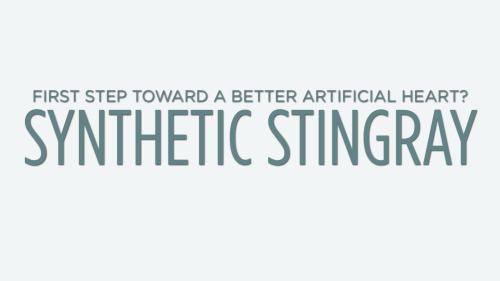
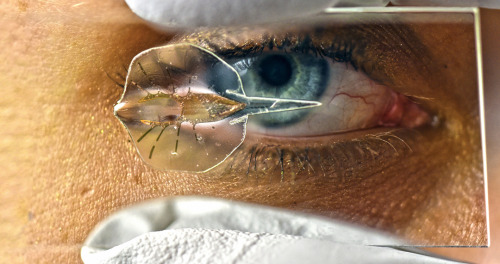
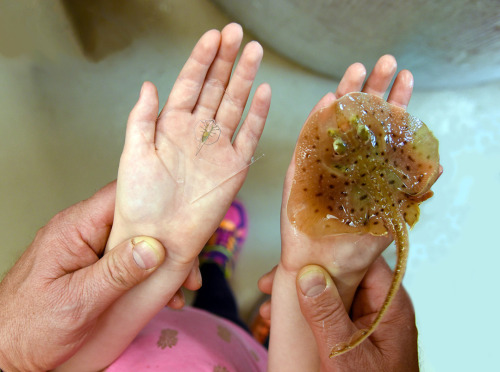
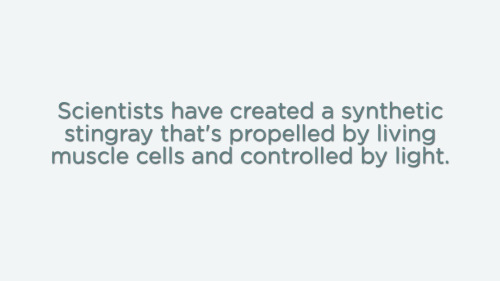
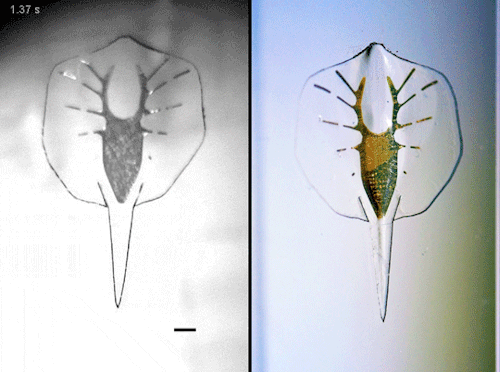
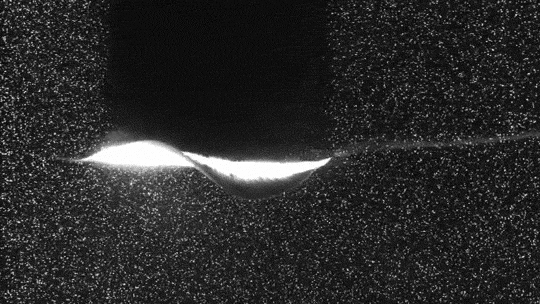
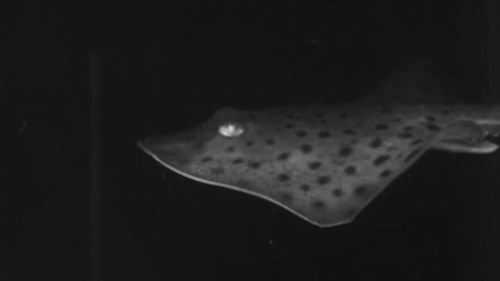
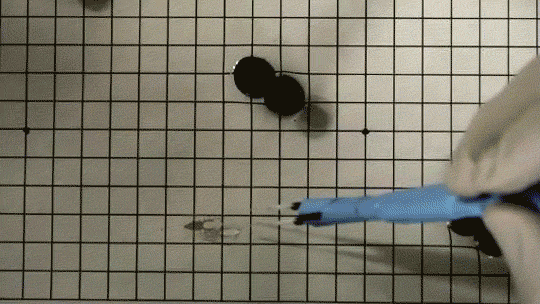
I’ll say it again: Scientists have created a synthetic stingray that’s propelled by living muscle cells and controlled by light.
!
But the ultimate goal isn’t a cyborg sea monster - it’s a human heart.
“I want to build an artificial heart, but you’re not going to go from zero to a whole heart overnight,” says Kit Parker, a bioengineer and physicist at Harvard University’s Wyss Institute. “This is a training exercise.”
Full, fascinating story here.
Temples are built for gods. Knowing this a farmer builds a small temple to see what kind of god turns up.
❤❤❤



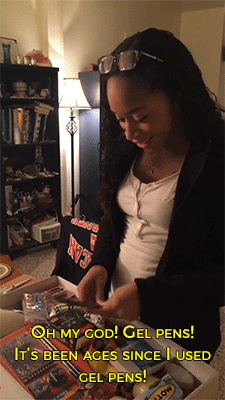



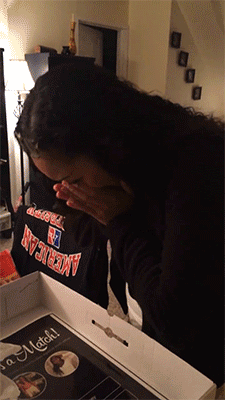

Woman Surprise Her Girlfriend With The News She Will Be Her Kidney Donor - Watch the full video
Americans be like: My grandpa 😠😠😠 served in the Korean War 😠😠😠 and killed 9 people 😠😠😠 to fund his college degree in clownery 😠😠😠 Respect him or leave the country 😡😡😡🤬🤬🤬
Fascinating!

(Image caption: The normal mature dog spinal cord (A) has many axons surrounded by thick myelin sheaths (blue). In contrast, in the recovered 13-year-old dog with the genetic abnormality (B), there are many axons with thin myelin sheaths, identical to that seen in remyelination)
A little myelin goes a long way to restore nervous system function
In the central nervous system of humans and all other mammals, a vital insulating sheath composed of lipids and proteins around nerve fibers helps speed the electrical signals or nerve impulses that direct our bodies to walk, talk, breathe, swallow or perform any routine physical act.
But diseases of the nervous system, including multiple sclerosis (MS) in people, degrade this essential insulation known as myelin, disrupting the flow of information between the brain and the body, impairing movement, dimming vision and blunting the ability to function normally.
And while scientists have long studied myelin and understand its role in disease when it degrades, they have puzzled over how myelin repairs itself naturally and whether the thinned sheaths that are a hallmark of the healing nervous system are adequate for restoring the brain’s circuitry over the long haul.
In a study published in the Proceedings of the National Academy of Sciences, a team of researchers from the University of Wisconsin–Madison reports that in long-lived animals, renewed but thin myelin sheaths are enough to restore the impaired nervous system and can do so for years after the onset of disease.
The team’s findings reinforce the idea that thin myelin sheaths are a valid, persistent marker of remyelination, a hypothesis challenged by other recent research. “As the only biomarker of myelin repair available this would leave us without any means of identifying or quantifying myelin repair,” explains Ian Duncan, an expert on demyelinating diseases at the UW–Madison School of Veterinary Medicine and the senior author of the new study.
Duncan and his team looked at a unique genetic disorder that naturally afflicts Weimaraners, a breed of dog that as 12- to 14-day-old pups develop a severe tremor and loss of coordination. The condition is known to occur as the development of the myelin sheath in parts of the dog’s central nervous system is delayed. The symptoms gradually diminish and in most cases disappear altogether by 3-4 months of age.
“This is a very widespread mutation in the breed,” says Duncan, noting that myelin repair mimicking what is seen in remyelination is known to occur in these dogs as the rejuvenated nerve fibers have a thinned myelin sheath.
The new Wisconsin study was made possible as 13 years ago two Weimaraner pups, littermates, were seen as patients at the School of Veterinary Medicine and Duncan was able to maintain contact with the owners after the dogs were adopted and retrieve samples of spinal tissue after the dogs lived out their lives. As they aged, the dogs exhibited few signs of tremor and were deemed ‘neurologically normal’ up to 13 years of age.
The purpose of the study, says Duncan, was to confirm that thin myelin sheaths persisted and supported normal neurologic function.
To expand on the results, Duncan also looked at a condition in cats, another long-lived species that has been shown to fully recover nervous system function after demyelination. In particular, Duncan’s team was interested in remyelination of the optic nerves.
That element of the study, looking at remyelination two years after the onset of the condition, Duncan notes, is an example of “true demyelination and remyelination. We found that nearly every optic nerve fiber was remyelinated with a thin myelin sheath, which is important for understanding human disease because in multiple sclerosis, the optic nerve is often the first to be demyelinated.”
The new findings confirm that the gold standard for evaluating remyelination is the long-term persistence of thin myelin sheaths, which support nerve fiber function and survival, Duncan notes. The results are important for diseases like MS as it means that new therapies designed to promote myelin repair can be safely evaluated and quantified based on the presence of thin myelin sheaths.



Biden is a 4-month-old Golden Retriever named after the former vice president. His owner Sidney took him to the Capitol to see Joe Biden give a speech.
“As soon as he saw the dog during his speech, he pointed at the dog, tapped his friend and then started like cracking up. Right towards the end, I kind of signaled him, and he gave me a wink to come over,” Sydney said.
“When I told him his name was Biden, his face lit up and he started kissing the dog, which is like exactly what I expected Joe Biden would do”
Source: Buzzfeed
The Grim Reaper is no longer able to claim lives directly. Instead, when your time is up a mark appears on your body and it is the duty of every other person to kill you on sight.
-
 liliesofthevalleyoflies liked this · 8 years ago
liliesofthevalleyoflies liked this · 8 years ago -
 reveriebunny reblogged this · 8 years ago
reveriebunny reblogged this · 8 years ago -
 reveriebunny liked this · 8 years ago
reveriebunny liked this · 8 years ago -
 behaviouraleconomics reblogged this · 8 years ago
behaviouraleconomics reblogged this · 8 years ago -
 lasciviousames-blog liked this · 8 years ago
lasciviousames-blog liked this · 8 years ago -
 slasheddragon reblogged this · 8 years ago
slasheddragon reblogged this · 8 years ago -
 slasheddragon liked this · 8 years ago
slasheddragon liked this · 8 years ago -
 lsdtrees liked this · 8 years ago
lsdtrees liked this · 8 years ago -
 vascularnuy liked this · 8 years ago
vascularnuy liked this · 8 years ago -
 ourvioletdeath reblogged this · 8 years ago
ourvioletdeath reblogged this · 8 years ago -
 queenofeire liked this · 8 years ago
queenofeire liked this · 8 years ago -
 cinflaverin liked this · 8 years ago
cinflaverin liked this · 8 years ago -
 sciencybrain reblogged this · 8 years ago
sciencybrain reblogged this · 8 years ago -
 mim70 liked this · 8 years ago
mim70 liked this · 8 years ago -
 liyaezhova liked this · 8 years ago
liyaezhova liked this · 8 years ago -
 scarecrow12873 reblogged this · 8 years ago
scarecrow12873 reblogged this · 8 years ago -
 scarecrow12873 liked this · 8 years ago
scarecrow12873 liked this · 8 years ago -
 our0b0ros liked this · 8 years ago
our0b0ros liked this · 8 years ago -
 thespringdreamer-blog2 reblogged this · 8 years ago
thespringdreamer-blog2 reblogged this · 8 years ago -
 demonicapex liked this · 8 years ago
demonicapex liked this · 8 years ago -
 jacob-says liked this · 8 years ago
jacob-says liked this · 8 years ago -
 deliriousmonkeythomas-blog liked this · 8 years ago
deliriousmonkeythomas-blog liked this · 8 years ago -
 lemondroppinup liked this · 8 years ago
lemondroppinup liked this · 8 years ago -
 andreagigglez liked this · 8 years ago
andreagigglez liked this · 8 years ago -
 andreagigglez reblogged this · 8 years ago
andreagigglez reblogged this · 8 years ago -
 lunar-root reblogged this · 8 years ago
lunar-root reblogged this · 8 years ago -
 jackthewashingmachine liked this · 8 years ago
jackthewashingmachine liked this · 8 years ago -
 newworldriot liked this · 8 years ago
newworldriot liked this · 8 years ago -
 bashfullynerdy liked this · 8 years ago
bashfullynerdy liked this · 8 years ago -
 wittypun liked this · 8 years ago
wittypun liked this · 8 years ago -
 missyz13 reblogged this · 8 years ago
missyz13 reblogged this · 8 years ago